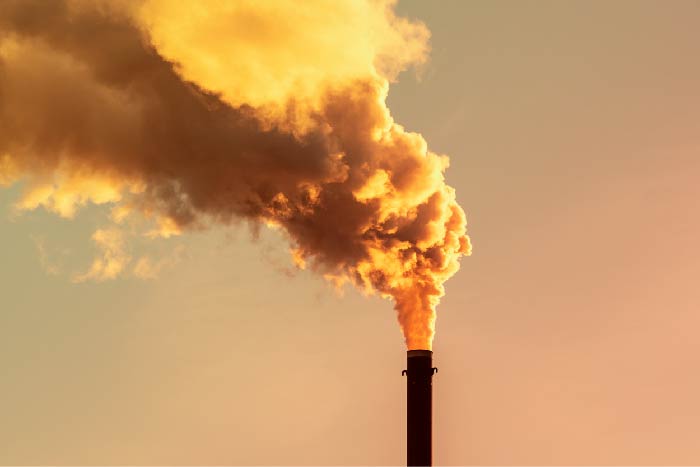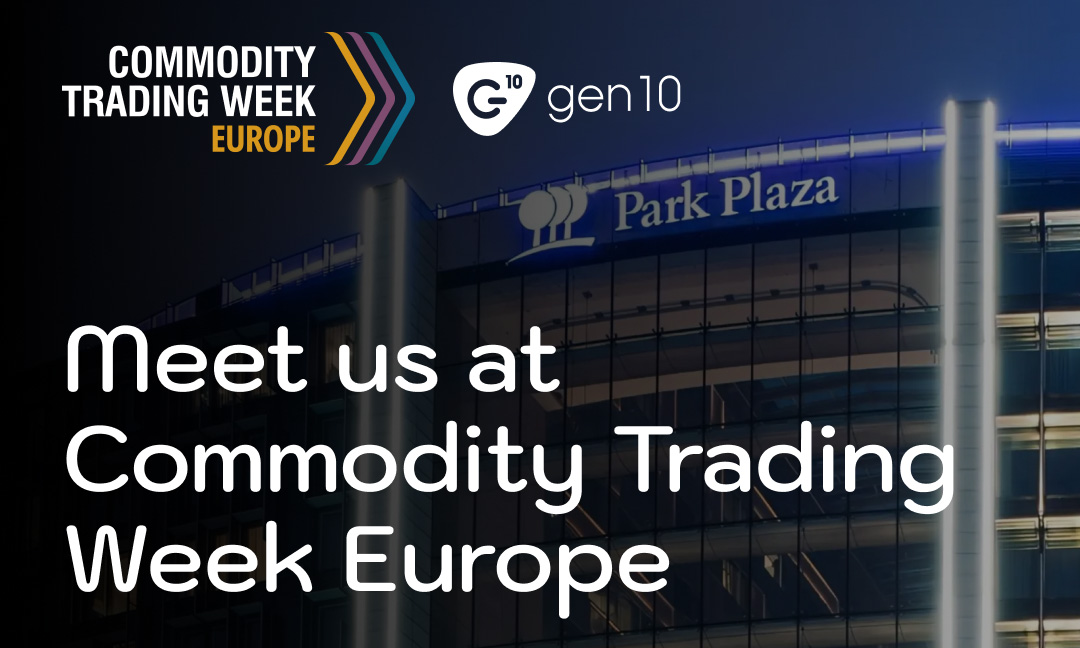Most organisations are by now aware of carbon emissions and carbon footprints, even if they do not currently monitor their own.
Carbon emissions are divided into 3 categories:
- Scope 1 – the emissions that a company makes directly, for example from their delivery vehicles.
- Scope 2 – indirect emissions created on the company’s behalf when they purchase electricity, heating or cooling.
- Scope 3 – the emissions that the company is indirectly responsible for across the value chain; from suppliers mining or farming commodities, to transportation, and to emissions from customers using the products.
Many companies still do not have complete oversight of their Scope 1 and 2 emissions, but larger organisations in particular are dedicating large amounts of resources to measuring/minimising them, and are increasingly turning their focus to Scope 3 emissions.
This is important for all supply chain operators as it means that partners will soon expect more information on your organisation’s and your products’ carbon footprints. It also means that getting a better handle on your supply chain data now can create a competitive advantage and position your organisation well for the future. Even if you can already provide data for your own operations, can you trace products and commodities back along the supply chain to see their actual impact?
Collating and sharing this information is easier for some than others. Miners and farmers only need to manage their own inventories and inputs, although this can become challenging when we consider energy, fertiliser, waste disposal and all the other processes that consume energy and resources. Traders and buyers will face more of a challenge, because if they want to track real emissions, or even provide reasonable estimates, they need to collate data from all their suppliers.
The biggest problem is the smallest suppliers
Smaller suppliers have fewer resources to dedicate to measuring their carbon footprint, and less ability to bring in the expertise to do so. One survey of 15,000 suppliers found that SMEs are often unequipped to produce high-quality emissions data. SMEs represented 61% of the organisations with insufficient carbon management in their supply chains, so business partners need to provide support to cascade their own climate efforts upstream.
Small suppliers are an essential part of many supply chains, particularly within agriculture, so the answer cannot be to refuse to work with providers who do not have carbon data. For example, 70% of cocoa is smallholder farmed. And organisations with supply chains containing smallholders will likely need to improve their traceability processes before they can even identify who their suppliers are. Currently, traceability often terminates at the mill or other processing site, although an increasing number of larger companies are working on improving traceability down to the farm level.
What can be done?
As mentioned above, it is important to aim for complete supply chain traceability and focus on improving your systems for data collection and management. This is likely to be an ongoing project, and whilst you can focus on low-hanging fruit and targeting the easier parts of the value chain first, it is a good idea to plan for how you will manage the data you collect, and what technology you will use, first.
Now is also a good time to consider your onboarding processes, and what changes you can make to your due diligence questionnaire to prepare for future consumer demand without excluding good suppliers that are not yet able to provide the information. This could involve additional inspections or counterparty-filled questionnaires. There are several different technologies that can help you collect and record this data, from carbon and commodity management systems to Aud.It, Gen10’s survey and due diligence app.
And on the subject of KYC, any ongoing due diligence could include discovering what is changing in your suppliers’ carbon landscape and how your organisation is encouraging or supporting this change year-on-year. If this information is recorded in a system such as Gen10’s NetZero OS, you can log all your carbon data against each counterparty, manage KPIs, identify trends over time, and set alerts so that ongoing due diligence occurs on schedule.
And as mentioned above, this data is not only important for internal use. In an environment where clients expect more accurate, granular data from their suppliers, the ability to manage carbon data for individual shipments as well as for counterparties can create a significant advantage. Data that cannot be easily shared or reported on simply increases the administrative burden and introduces a high risk of errors.
Once again, technology such as Gen10’s CommOS commodity management platform can help to solve this problem by allowing you to manage and visualise your data at a high level and with varied granular breakdowns, as well as securely share your data in many different secure formats.
Gathering and sharing the carbon data that clients are increasingly coming to expect will not be an easy task, nor will it be quick. It will require organisations to collaborate and support partners across the supply chain and will likely be an iterative process. However, there are advantages to be had for the organisations that can make the first moves in this evolving field. And it is possible to meet the carbon supply chain challenges with the right technology.
If you’re looking to expand your carbon management across your value chain, get in touch with us today to discuss your goals and which technologies could help you meet them.



